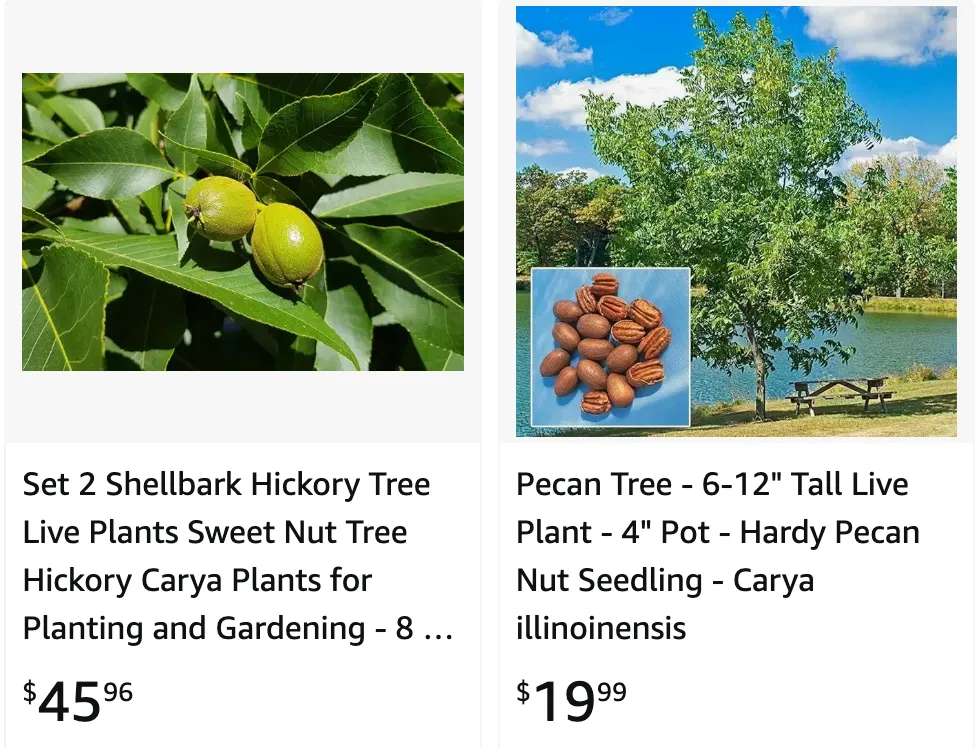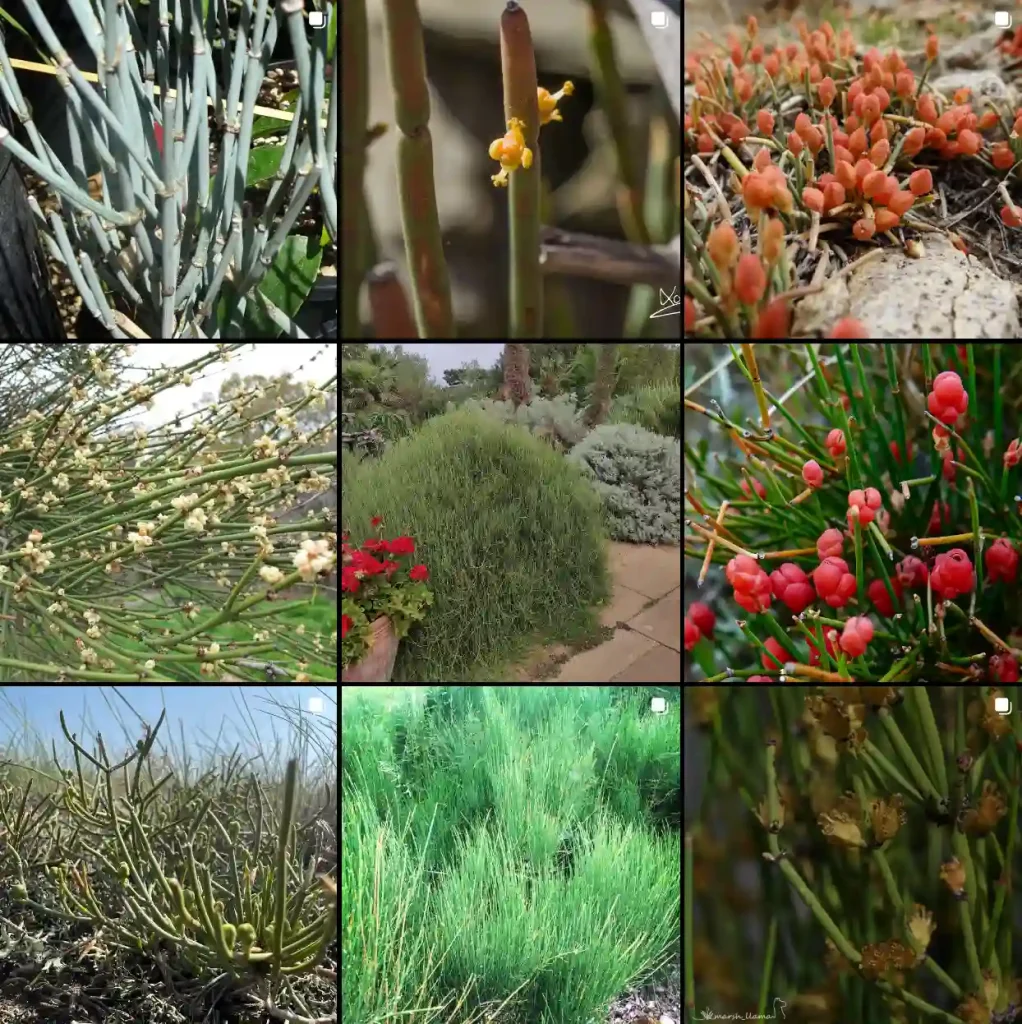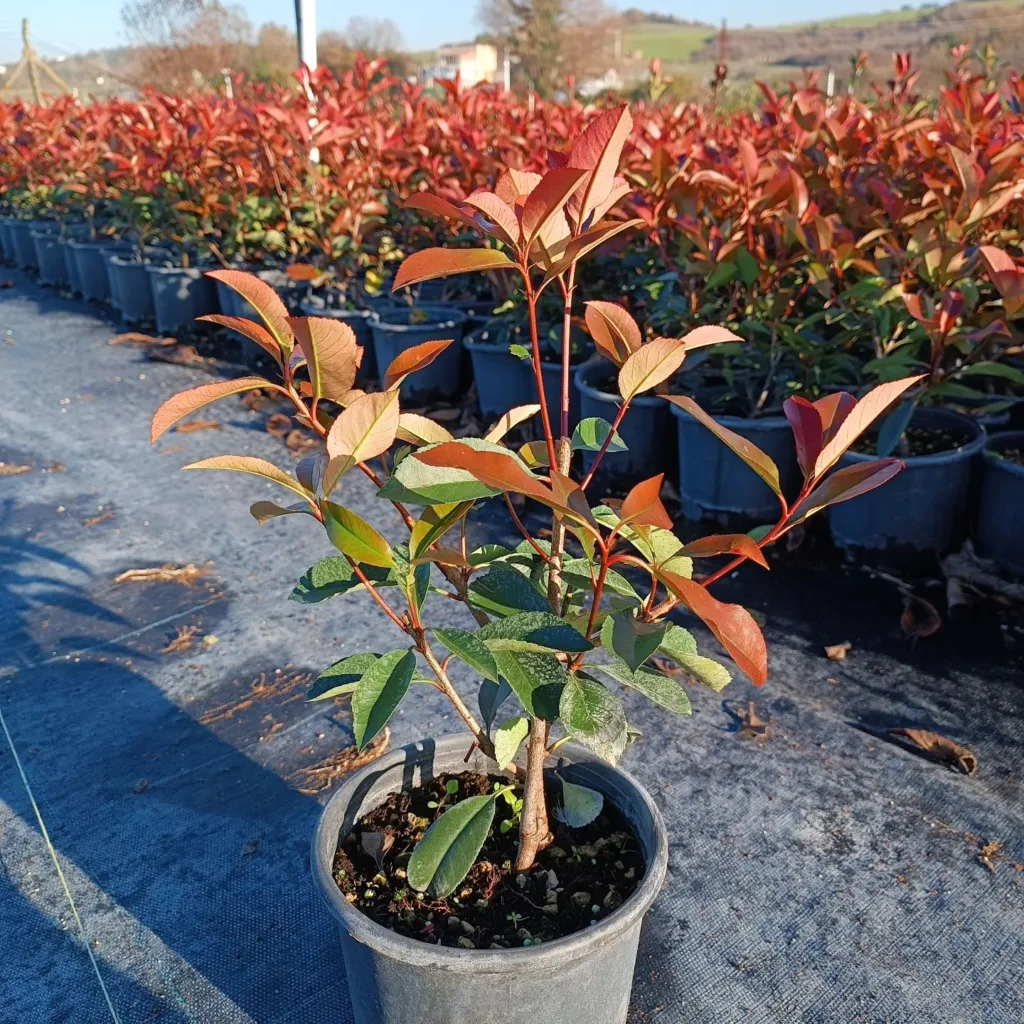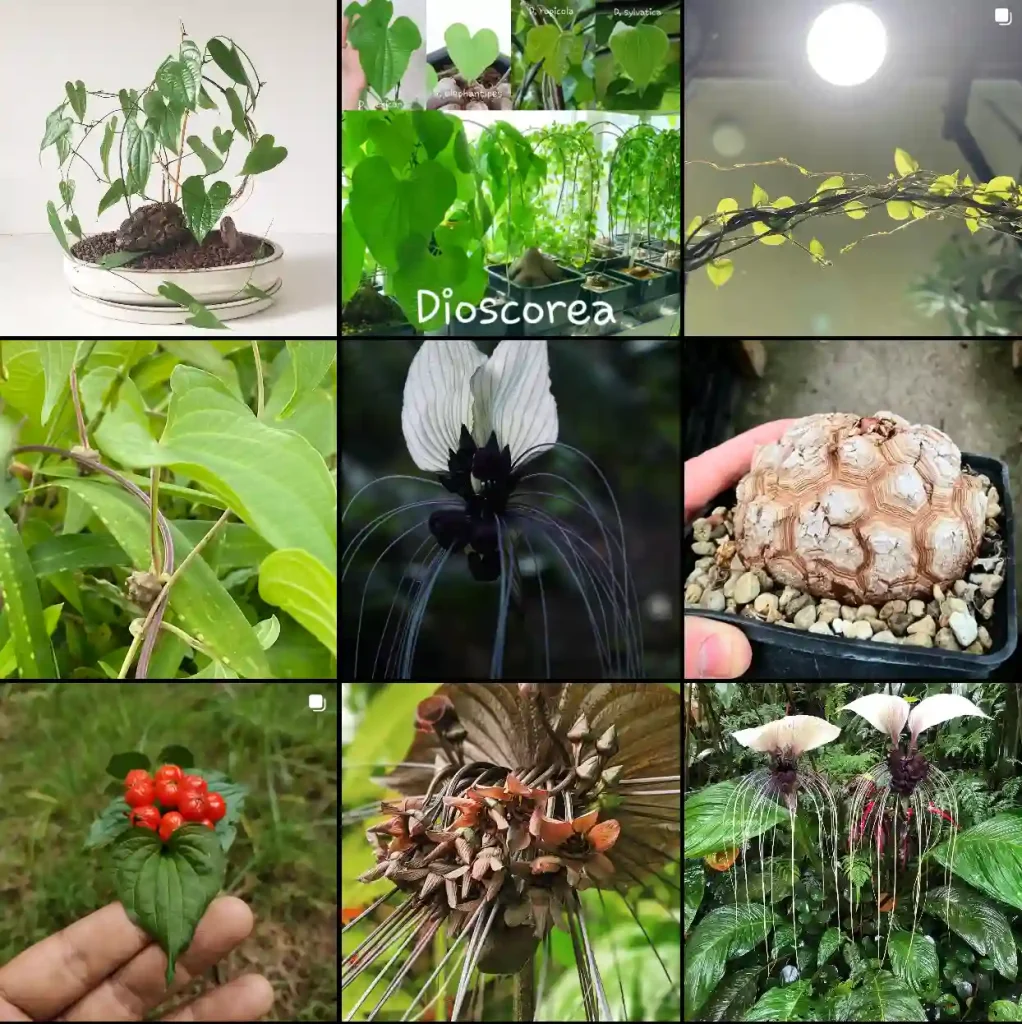
August 27 – Carya
"Carya, the hickory tree, defines August 27."
Carya symbolizes strength and perseverance. You have a solid, unshakable character and the ability to endure challenges with grace. Like its tough wood and nourishing nuts, you provide stability and sustenance to those around you, offering both wisdom and support.
The Mighty Hickories: An Exploration of the Carya Genus
As a lifelong admirer of the natural world, I, Ferb Vu, find myself drawn to the resilience and beauty of trees. Among my favorites is the Carya genus, better known as the hickories. These majestic trees belong to the Juglandaceae family, with their sturdy trunks and impressive heights, have captivated me since childhood. Their diverse range of species, each with unique characteristics and uses, makes them a fascinating subject for exploration.
A Diverse Family of Trees
The Carya genus comprises around 28 species of deciduous trees native to North America, China, and Indochina. These trees are renowned for their hard, dense wood, commonly used in furniture making, tool handles, and even smoking meats. But their value extends beyond their timber. Hickories also produce edible nuts, enjoyed by humans and wildlife alike.
Here’s a list of Carya species:
- Carya illinoinensis (Pecan): Perhaps the most famous hickory, prized for its delicious, buttery nuts used in pies, pralines, and other treats.
- Carya ovata (Shagbark Hickory): Easily recognizable by its shaggy bark, this species produces sweet nuts and durable wood. – Plant FAQs: Carya Ovata – Shagbark Hickory
- Carya laciniosa (Shellbark Hickory): Similar to the shagbark hickory but with larger nuts and leaves. – Plant FAQs: Carya Laciniosa – Shellbark Hickory
- Carya cordiformis (Bitternut Hickory): Named for its bitter nuts, this species is still valued for its tough wood. – Plant FAQs: Carya Cordiformis – Bitternut Hickory
- Carya tomentosa (Mockernut Hickory): This hickory has very hard wood and produces sweet nuts, though they are difficult to crack. – Plant FAQs: Carya Tomentosa – Mockernut Hickory
- Carya glabra (Pignut Hickory): This species is known for its pear-shaped nuts, which are favored by pigs and other wildlife. – Plant FAQs: Carya Glabra – Pignut Hickory
- Carya aquatica (Water Hickory): As its name suggests, this hickory thrives in wet environments and produces bitter nuts.
- Carya × brownii Sarg.
- Carya cathayensis Sarg.
- Carya × collina Laughlin
- Carya × demareei E.J.Palmer
- Carya × dunbarii Sarg.
- Carya floridana Sarg.
- Carya hunanensis C.C.Cheng & R.H.Chang
- Carya kweichowensis Kuang & A.M.Lu
- Carya × laneyi Sarg.
- Carya × lecontei Little
- Carya luana C.Y.Deng & X.G.Xiang
- Carya × ludoviciana (Ashe) Little
- Carya myristiciformis (F.Michx.) Nutt. ex Elliott
- Carya × nussbaumeri Sarg.
- Carya pallida (Ashe) Engelm. & Graebn.
- Carya palmeri W.E.Manning
- Carya poilanei (A.Chev.) Leroy
- Carya × schneckii Sarg.
- Carya sinensis Dode
- Carya texana Buckley
- Carya tonkinensis Lecomte
What Does a Hickory Tree Look Like?
Imagine a towering sentinel with a rough, almost shaggy, bark. That’s the quintessential hickory. Their bark, typically a dark gray or brown, develops deep furrows that split and peel upwards in a way that’s quite unique. The leaves are compound, meaning they consist of several smaller leaflets branching out from a central stem. These leaflets, usually 5 to 9 in number, have a distinctive lanceolate shape, tapering to a point at the tip. Come fall, hickory trees put on a dazzling display, with their leaves transforming into a vibrant shade of yellow.
Where Do Hickory Trees Grow?
Hickories are predominantly North American natives, with around 12 species thriving in the eastern part of the continent. They favor temperate forests, where they can bask in the dappled sunlight filtering through the canopy of taller trees. Some species, like the Water Hickory, can even tolerate wetter soils, while others, like the Mockernut Hickory, are champions of dry environments. Their presence signifies a healthy and diverse ecosystem.
How Fast Do Hickory Trees Grow?
Hickories are patient growers. Unlike some fast-growing poplars, they take their time, establishing a deep taproot system that anchors them firmly to the ground. The Bitternut Hickory is the speed demon of the bunch, but even that species takes its sweet time, putting on about 12 to 18 inches a year. This slow and steady growth translates into exceptional strength and durability in their wood, making them prized for crafting furniture, tool handles, and even flooring.
Do Hickory Trees Have Nuts?
Absolutely! Hickories are renowned for their large, edible nuts. These treasures are encased in a husk that splits open when mature, revealing the nut inside. The size and shape of the nut can vary depending on the species, but they all share a common characteristic – a hard shell that requires a bit of effort to crack open. But the reward for your persistence is a delicious kernel, rich in protein and healthy fats.
How to Grow a Hickory Tree from Nut?
Feeling adventurous? You can try your hand at growing your own hickory tree from a nut. Here’s the lowdown: Collect mature nuts in the fall, after the husk splits open naturally. Soak them in water for a couple of days to loosen the outer shell. Find a spot in your yard that mimics the hickory’s natural habitat – partial shade with well-drained soil. Plant the nut about an inch deep and keep the soil moist but not soggy. Germination can be slow, so be patient. With a little luck and some TLC, you might just witness the magic of a hickory tree sprouting from a humble nut.
Can You Eat Hickory Tree Nuts?
Yes, you can! But a word of caution – not all hickory nuts are created equal. The Shagbark Hickory, for instance, is known for its sweet and delicious kernels. However, some species, like the Bitternut Hickory, have nuts that live up to their name – they’re quite bitter and unpleasant to eat raw. If you’re unsure about the type of hickory tree you have, it’s best to err on the side of caution and avoid consuming the nuts.
Do Hickory Trees Produce Nuts Every Year?
Hickory trees, like many other nut-producing trees, follow a process called mast seeding. This means they don’t produce a bountiful harvest every year. Instead, they have cycles of heavy nut production followed by leaner years. This strategy helps to ensure the survival of the species by preventing squirrels and other foragers from depleting the nut supply entirely.
Do Hickory Trees Have Flowers?
Hickories may not boast showy blooms, but they do produce flowers in the spring. These inconspicuous flowers are small and greenish-yellow, arranged in clusters called catkins. While not particularly visually appealing, these catkins play a crucial role in the tree’s reproductive cycle, eventually giving rise to the coveted hickory nuts.
A Personal Connection
My fascination with hickories goes beyond mere admiration. I’ve spent countless hours exploring hickory forests, observing their growth patterns, and collecting their nuts. I’ve even attempted to grow hickory trees from seed, a process that requires patience and dedication.
There’s something deeply satisfying about connecting with nature in this way, understanding the intricate workings of these magnificent trees. It’s a reminder of the interconnectedness of all living things and the importance of preserving our natural heritage.
A Call for Conservation
Despite their resilience, hickories face numerous threats, including habitat loss, disease, and invasive species. It’s crucial that we take steps to protect these valuable trees and ensure their survival for future generations.
By planting hickory trees, supporting sustainable forestry practices, and educating others about their importance, we can all play a role in conserving these magnificent giants of the forest.
For me, the Carya genus represents more than just a group of trees. It’s a symbol of strength, resilience, and the enduring beauty of the natural world. It’s a reminder of our connection to the earth and the responsibility we have to protect it.
If i die, water my plants!



